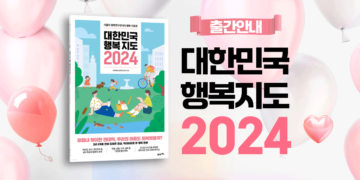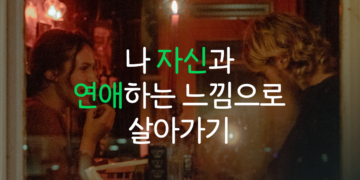Frederick, S., Loewenstein, G., &O& #39;donoghue, T. (2002). Time discounting and time preference: A critical review. Journal of economic literature, 40(2), 351-401.
This paper discusses the discounted utility (DU) model: its historical development, underlying assumptions, and "anomalies" - the empirical regularities that are inconsistent with its theoretical predictions. We then summarize the alternate theoretical formulations that have been advanced to address these anomalies. We also review three decades of empirical research on intertemporal choice, and discuss reasons for the spectacular variation in implicit discount rates across studies. ...




![[연구참여자 모집/사례 지급] 자유연상 패턴과 심리적 속성 간의 관계 탐색](https://www.happyfinder.co.kr/wp-content/uploads/2024/05/워드프레스_연구참여자모집-360x180.png)









![[센터장 인사말] 서울대학교 행복연구센터의 센터장 최인철입니다.](https://www.happyfinder.co.kr/wp-content/uploads/2021/05/greetings-120x86.png)

![Vol.70 [행복달력] MAY Happiness Calendar](https://www.happyfinder.co.kr/wp-content/uploads/2022/04/5월_행복달력_커버페이지-1-120x86.png)




